Explore the best places
Discover new places in Lisboa
Pigmeu
- food & drink
Rua do 4 de Infantaria, 68
1350-274, Lisboa
Situado em Campo de Ourique, é um espaço simples onde a estrela é a carne de porco, produto usado pelo chef Miguel Azevedo. Alguns dos clássicos são Torresmo do Rissol, os Croquetes do Pigmeu e a Bifana Porcalhona. Não faltam ainda algumas iguarias feitas com miudezas.

Canalha
- food & drink
Rua da Junqueira, 207
1300-338, Lisboa
Nasceu das mãos do premiado Chef João Rodrigues, que propõe uma ementa que vai variando diariamente. O espaço é acolhedor, combinando com a comfort food de qualidade que aqui se serve.
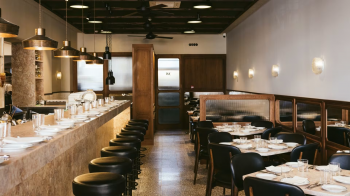
Zunzum Gastrobar
- food & drink
Avenida Infante D. Henrique - Doca Jardim do Tabaco -Terminal de Cruzeiros de Lisboa
1100-651, Lisboa
A relaxed space with uncomplicated and fun food, it is the celebration of Portuguese cuisine by the hand of Chef Marlene Vieira.
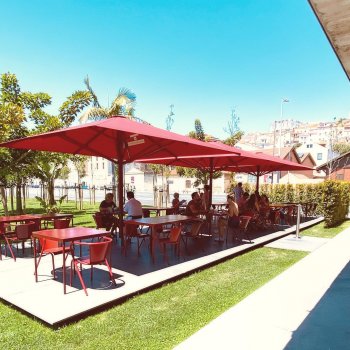
O Frade
- food & drink
Calçada da Ajuda, 14
1300-598, Lisboa
This elegant restaurant recovers the essence of the spirit of the typical Alentejo taverns, in a modern way, with impeccable cooking techniques and with a unique element: its own DOC amphora wine, produced on the family estate in Beja.
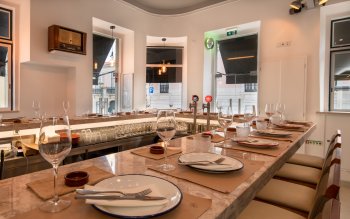
Ofício - Tasco Atípico
- food & drink
Rua Nova da Trindade, 11
1200-301, Lisboa
It is an atypical Tasco, a contemporary tavern based on national cuisine, designed to be shared.
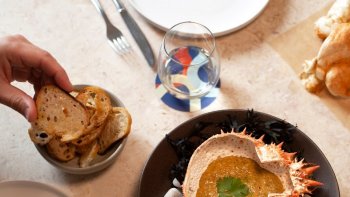
Carnal
- food & drink
Rua da Misericordia, 78
1200-273, Lisboa
This friendly Mexican gastrobar, located in the heart of Chiado, belongs to the famous chef Ljubomir Stanisic and serves balanced and delicious dishes.
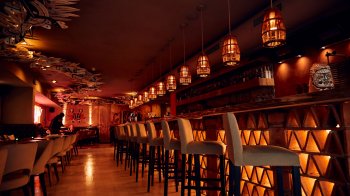
Fifty Seconds
- food & drink
Cais das Naus, lote 2.21.01 - Parque das Nações
1990-173, Lisboa
Fifty seconds is how long it takes to take the elevator to the Fifty Seconds restaurant. The ambience of the room and the inspiring location, 120 meters high, overlooking the Tagus River, accompany each dish, which tells a story of flavors of the world.

Yoso
- food & drink
Rampa das Necessidades, 6
1350-188, Lisboa
O chef Habner e a sua equipa preparam diariamente a melhor matéria-prima que Portugal tem para oferecer, servido de maneira intimista, em estilo omakase. O menu muda diariamente, servido pontualmente às 13h00 e 20h00, contando com uma inspiração Kaiseki – Ryori.

Grenache
- food & drink
Pátio de Dom Fradique, 12
1100-624, Lisboa
Inserido no Palácio Belmonte, perto do Castelo de São Jorge, combina criatividade à técnica francesa clássica.
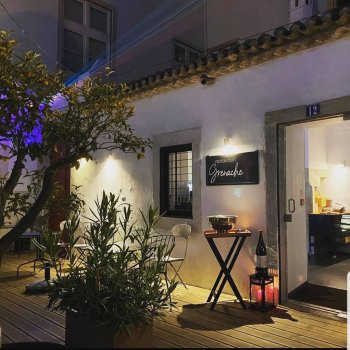
Sála de João Sá
- food & drink
Rua dos Bacalhoeiros, 103
1100-068, Lisboa
Modern and with a cozy atmosphere, it lives up to its name, since here we feel like we are in the living room of our home. The open kitchen invites you to get to know chef João Sá's suggestions.
